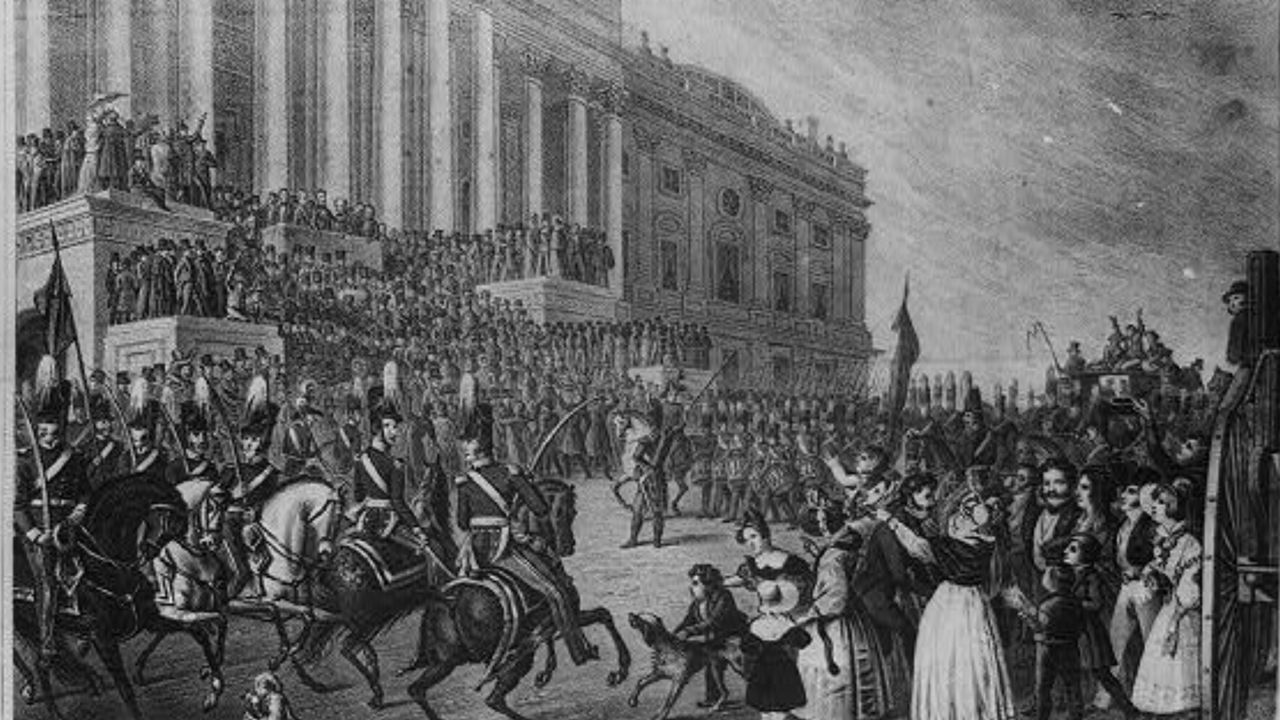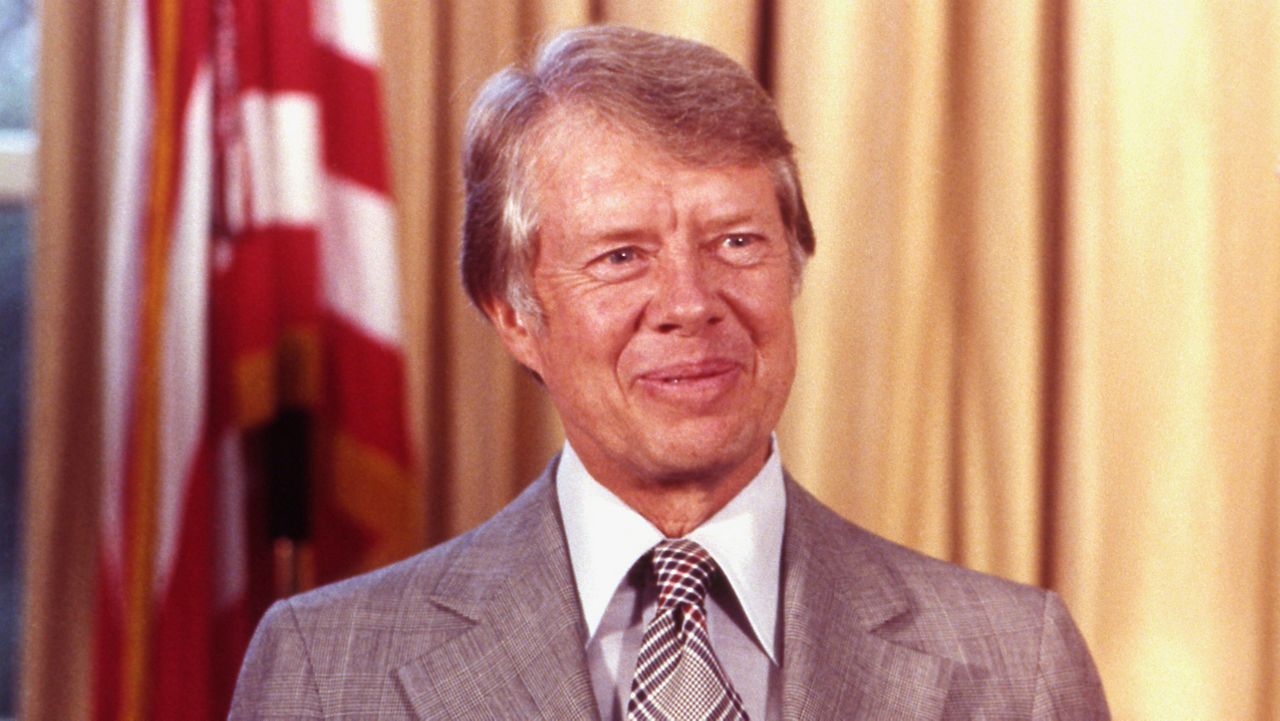MADISON, WI (SPECTRUM NEWS) — Students returning to school at the University of Wisconsin - Madison in a couple of weeks will see a new feature on campus.
The new plaque is there to honor The Ho-Chunk Nation and recognize the land taken from them.
“It acknowledges the deep human history of our place and some of the hard truths of our campus, that our campus is on Ho-Chunk ancestral land and that plaque recognized the forced removal and ethnic cleansing of Ho-Chunk people,” said Omar Poler, American Indian Curriculum Services coordinator at UW-Madison.
The plaque explains that a treaty in 1832 forced the Ho-Chunk Nation to cede the land for the campus.
“It's really the first time in our history, in our 171 year campus history, that we're acknowledging those hard truths,” Poler said.
Ryan Greendeer, spokesperson with the Ho-Chunk Nation Legislature says they appreciate the gesture.
“The Ho-Chunk Nation is very pleased that the University of Wisconsin is recognizing the presence of the Ho-Chunk people well before the establishment of the state of Wisconsin or the establishment of the university,” Greendeer said.
Greendeer says the Ho-Chunk Nation hopes that the plaque will lead to more honest conversations about how native and non-native people interacted in Wisconsin.
“It wasn't always as nice as it's been put in history books, so we hope this does inspire more truthful and more honest conversation around these topics,” Greendeer said.
At the dedication ceremony for the plaque earlier this summer, University officials promised it would. They called it just the beginning.
"No plaque or monument can ever adequately convey a difficult and complicated history," said Rebecca Blank, UW chancellor in a press release. "But it can start a conversation that moves us from ignorance to awareness. So today is the beginning of an intentional effort to teach our shared history.
The university says the goal is to go beyond one event and the plaque. They plan to include education on the topic in campus tours, freshmen orientations, and certain curriculum. As well as hold several events throughout future school years talking about the history.
“That story of forced removal of ho-chunk people, of ethnic cleansing, is one that we really haven't told and it's one that we haven't really begun to understand, but really it is one of the most important stories of this place,” Poler said. “We're really hoping that our next 171 years can be very different than our last 171 years.”
Poler said they want to work with the Ho-Chunk nation to make that happen. Something Greendeer said the Ho-Chunk Nation would love to do, especially considering in the past they haven't seen that
“We get maybe a call a year if that from the university,” Greendeer said.
But Greendeer says they hope this can be a chance for education the future.
“This is a movement that is spreading across the state and we look forward to continuing that education because it is important for people to understand the presence and culture,” Greendeer said.
Greendeer they are glad the university installed the plaque and wants to work more closely with the Ho-Chunk Nation because a lot of people in the state still don't know much about the native nations.
“It's not something that's very commonly known in the state of Wisconsin that native people are present in our communities, sometimes our neighbors and we just don't see them or understand what that means,” Greendeer said.










